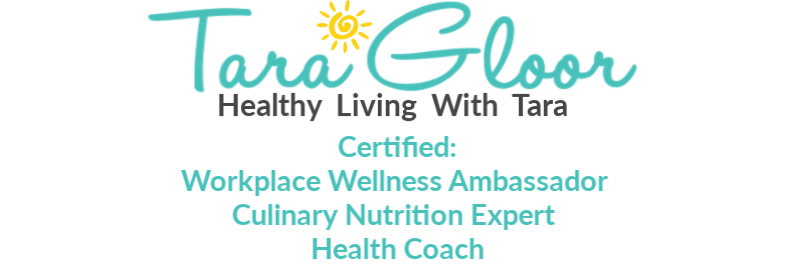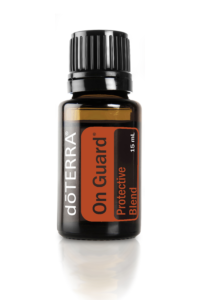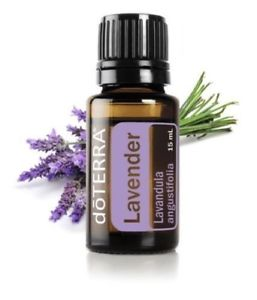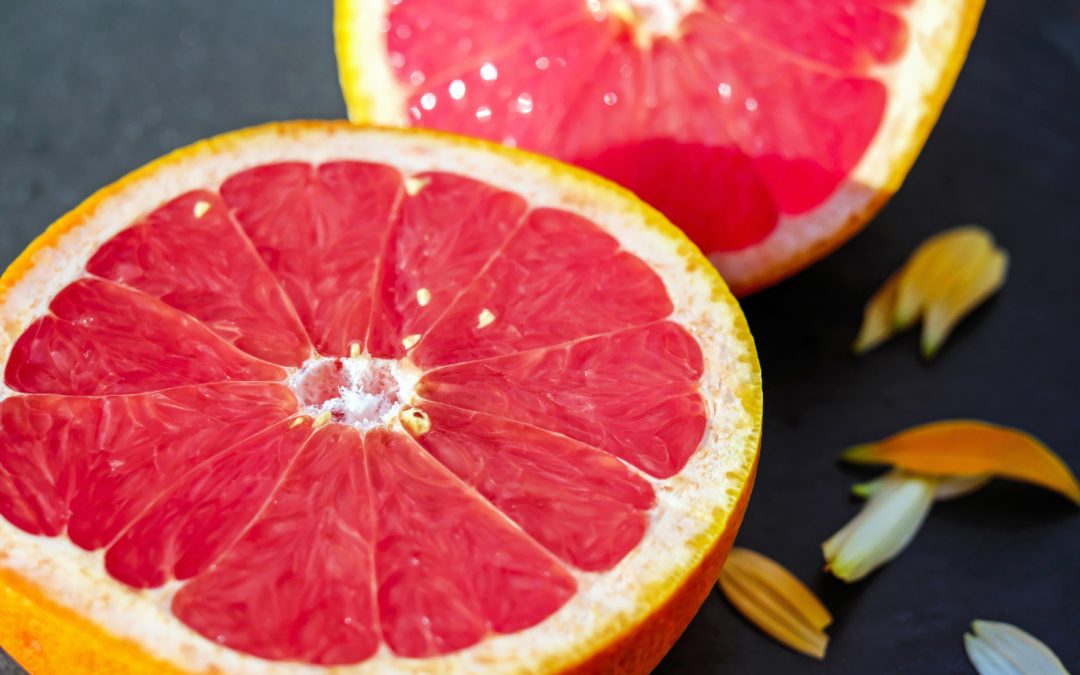
Red Wine – Healthy or Health Hype?
Red Wine – Is it really good for you, or just health hype?
If you’ve heard that red wine is one of the healthiest of all alcoholic beverages, it’s for good reason.
Thanks to the antioxidants found in the skins of grapes from which it’s made, red wine has been widely publicized as being “healthful”. The kind of antioxidants found in red wine, like RESVERATROL, have powerful anti-inflammatory properties.
Inflammation and oxidation are considered the root causes of most disease, so consuming antioxidant-rich foods is a key component in disease prevention.
Moderate consumption of red wine has been linked to improved heart health, along with other health benefits, like decreasing the risk of:
- Alzheimer’s disease
- diabetes
- certain cancers
- depression
Some of the buzz around red wine’s health benefits comes from its prominent role in the well-studied Mediterranean diet.
The Mediterranean diet includes lots of fruit, vegetables, fish, olive oil, and red wine, and is believed to contribute to a long lifespan and low incidences of heart disease and cancer among Mediterranean populations.
The health benefits of red wine are also thought to contribute to low rates of heart disease among the French, despite this population traditionally eating a diet high in saturated fat (think cheese, cream, and buttery croissants!).
How exactly does red wine improve heart health?
But, does a glass of red wine a day really keep the doctor away? Maybe.
Studies have linked regular consumption of red wine with the following positive outcomes:
- increased HDL cholesterol (the good, protective kind)
- lowered LDL cholesterol (the bad, inflammatory kind)
- lowered triglycerides (fat or lipids found in the blood)
- improved blood pressure
- more stable blood sugar levels
High blood pressure, elevated blood sugar, and undesirable cholesterol and triglyceride levels are all contributing factors in the development of more serious heart disease, like heart attacks and stroke.
Is red wine an essential part of a healthy diet?
The short answer is no.
If you aren’t a fan of wine or choose not to consume alcoholic beverages, there’s no reason to start drinking red wine for the sake of your health!
Plenty of other diet and lifestyle factors, like eating lots of fruits and vegetables, getting regular physical activity, not smoking, and managing stress can provide the same health benefits.
If you enjoy drinking wine, you should choose red varieties over white for the added antioxidants and health benefits. While white wine does contain some antioxidants from grapes, red wine contains much higher amounts.
Like any other alcoholic beverage, it’s also important to remember to limit wine consumption. The health benefits of red wine only apply when it is enjoyed in moderation. Surprise!
When consumed in excess, any alcoholic beverage can negatively impact your health, contributing to alcohol dependence, organ damage, and increased risk of several cancers.
A good rule of thumb for alcohol intake is to limit consumption to one (1) drink per day for women and one to two (1-2) drinks per day for men. The serving size for one standard glass of red wine is 4 oz.
Since the size of wine glasses can vary, use a liquid measuring cup to familiarise yourself with what a 4 oz pour of wine looks like. Then, stick to that serving size!
Recipe:
Skinny Sangria Spritzer
Makes 6 servings
Ingredients:
1 bottle dry red wine (use your favourite but consider seeking out an organic variety = no sulphites or other congenors/additives)
1 ½ cups seltzer (you can use a fruit flavoured variety, if desired – but no sugar added)
2 cups assorted fresh fruit, such as sliced strawberries, blackberries, orange slices, chopped apples, pears, or plums (have fun mix and matching your favourites!)
ice cubes
How to prepare:
- Place prepared fruit in bottom of a large pitcher and lightly muddle with a wooden spoon.
- Pour wine and seltzer into pitcher and stir to combine.
- Add 1 cup of ice to pitcher and stir to chill.
- To serve, pour Skinny Sangria over ice-filled glasses. Be sure each glass gets a spoonful of fruit!
Oil of the Week – On Guard
The oils in this blend have been studied for their strong abilities to kill harmful bacteria, mold and viruses. As one of doTERRA’s best-selling blends, On Guard protects against environmental and seasonal threats with essential oils known for their positive effects on the immune system when ingested. It can also be used on surfaces throughout the home as a non-toxic cleaner. When diffused, doTERRA On Guard helps purify the air, and can be very energising and uplifting.
Here is my direct website if you’re interested or just want to take a peek. Please reach out if you have ANY questions.
Thanks for reading and keep well,
Tara
P.S. Full disclosure: If you order directly from the link I provided, as an Independent Wellness Advocate with doTERRA, I will receive compensation from any purchase.







